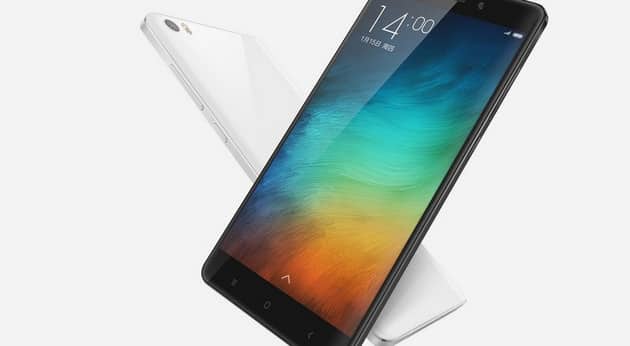Smartphone operating systems might not always be as easy to navigate as desktop OSs—finding files nested on the Android operating system can sometimes be a complex task in comparison to using File Explorer on the Windows operating system—but one thing that does work in their favor is problem-solving.
Rarely do you ever have to spend time trying to figure out the solution to a problem with the Xiaomi Redmi Note 3 smartphone because most things can be fixed by simply taking a hard reset instead, a bit like utilizing a get out of jail free card.

Despite many people saying otherwise, a hard reset and a factory reset on the Xiaomi Redmi Note 3 device will yield the same outcomes: the phone will be restored to its default, factory state on both occasions. In other words, the same state that it was in when it left the factory responsible for manufacturing it. This means you shouldn’t expect to find any applications that you installed yourself still on the device. Any settings that you changed will be returned to how they were when you first opened the Xiaomi Redmi Note 3 out of the box too. And, of course, unless you took a backup, all the data that you accumulated—pictures, documents, music, so forth—will no longer be available once the hard reset is complete.
There are numerous similarities between computers and smartphones: they are made up of many of the same components, and all have the same heart, veins, and brain, so to speak. When it comes to resetting the software though, there are some differences. A modern-day computer operating system will offer three ways to reset: rebooting the OS, force-closing all open applications and forcing a reboot, and then a third way, which will return the device to its factory state, if desired. The mobile operating system offers the factory reset option, and the only alternative being the soft reset, which is the same as a straightforward reboot of the operating system.
You shouldn’t worry about a hard reset causing any harm to your Xiaomi Redmi Note 3 smartphone; provided that you’ve backed up any data that you didn’t want to lose, very little else can go wrong.
This guide is also suitable for anyone who wants to learn:
- How to factory reset Xiaomi Redmi Note 3 smartphones.
- How to wipe all data on Xiaomi Redmi Note 3 smartphones.
- How to bypass screen lock on Xiaomi Redmi Note 3 smartphones.
- How to restore defaults on Xiaomi Redmi Note 3 smartphones.
- How to master reset Xiaomi Redmi Note 3 smartphones.
This is what you need to do to apply a hard reset by using the hardware keys and the settings that already come with your device.
How to Hard Reset Xiaomi Redmi Note 3 Smartphones
1. Hold down the Power button on the Xiaomi Redmi Note 3 smartphone and then select the option for switching to off.
2. Boot the Xiaomi Redmi Note 3 smartphone by holding the Volume Up and Power buttons simultaneously.
3. Wait until you can see the Mi logo on the device’s display before releasing the buttons.
4. Highlight the language from scrolling with the Volume buttons and then confirm your selection by pressing the Power button.
5. Choose the “Wipe Reset” option from the next screen by using the Volume and Power buttons respectively, once again, for your highlighting and confirming.
6. From the next screen, select the “Wipe All Data” option by using the Volume and Power buttons again.
7. Confirm you are ready for the hard reset to take place by selecting the “Yes” option.
That’s all you need to apply a hard reset to the Xiaomi Redmi Note 3 smartphone.
Applying a hard reset is probably one of the more commonly exchanged phrases for when people are referring to implementing a factory reset, but the same guide above is also good for a few other causes. The same steps would also work if you just wanted to wipe all of the data on your Xiaomi Redmi Note 3 smartphone, for instance. Likewise, you could also use the same steps for bypassing the screen lock or just to restore the defaults on the Xiaomi Redmi Note 3 device.
Related Tutorials
- Xiaomi Redmi Note 3 Stock ROM
- Custom ROMs for Xiaomi Redmi Note 3
- How to Download Xiaomi Redmi Note 3 USB Drivers on Windows PC
- How to Root Xiaomi Redmi Note 3 Pro on Android 5.1.1
- How to Install Custom Recovery on Xiaomi Redmi Note 3
- How to Hard Reset Xiaomi Redmi Note 4
- Install TWRP Recovery on Xiaomi Redmi Note 5A/Xiaomi Redmi Y1